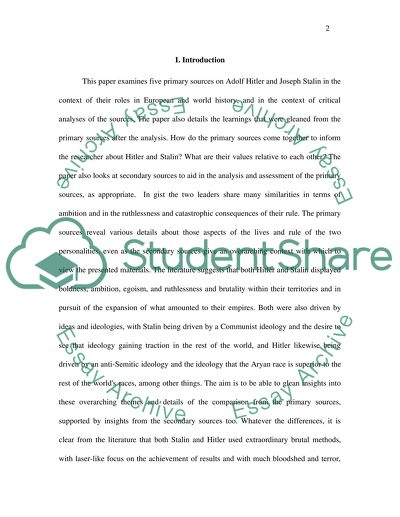Cite this document
(“The Europe History since 1900: Compare Stalin and Hitler Assignment”, n.d.)
The Europe History since 1900: Compare Stalin and Hitler Assignment. Retrieved from https://studentshare.org/history/1491813-the-europe-history-since
The Europe History since 1900: Compare Stalin and Hitler Assignment. Retrieved from https://studentshare.org/history/1491813-the-europe-history-since
(The Europe History since 1900: Compare Stalin and Hitler Assignment)
The Europe History since 1900: Compare Stalin and Hitler Assignment. https://studentshare.org/history/1491813-the-europe-history-since.
The Europe History since 1900: Compare Stalin and Hitler Assignment. https://studentshare.org/history/1491813-the-europe-history-since.
“The Europe History since 1900: Compare Stalin and Hitler Assignment”, n.d. https://studentshare.org/history/1491813-the-europe-history-since.


